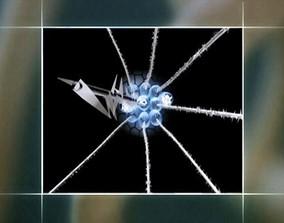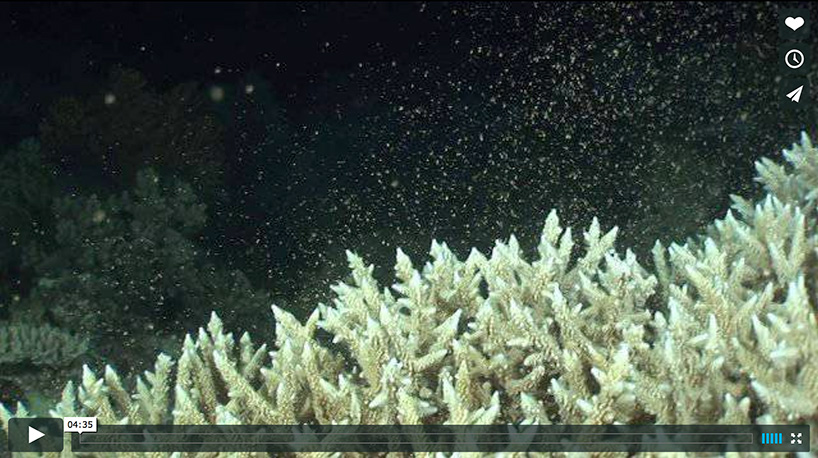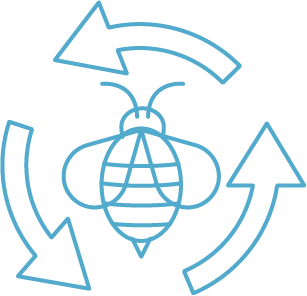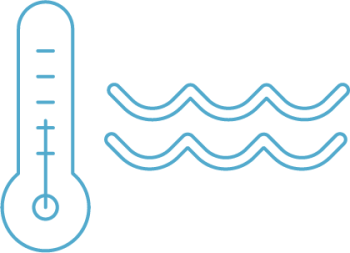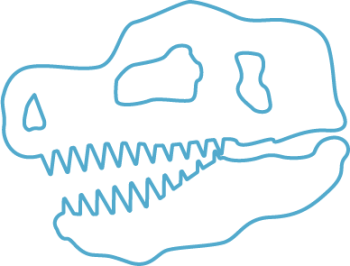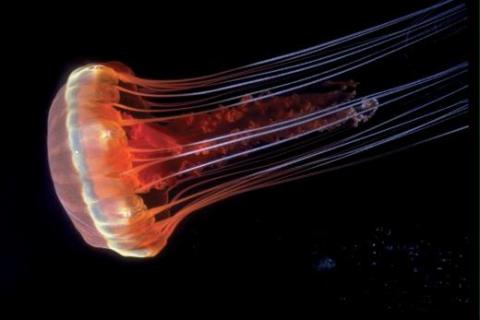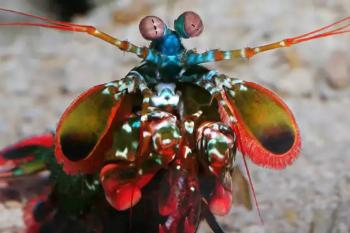Read THE POLY AND THE MEDUSA Life on the Move the Cnidaria chapter from the Shape of Life book.
Cnidarians’ tentacles are packed with stinging cells called cnidocytes (the “c” is silent). These stinging cells shoot out a barbed shaft called a nematocyst to catch prey. The nematocyst can even inject toxins. Further information from "How Stuff Works: Do Jellyfish Have the Deadliest Venom in the World?" Read more about nematocysts.
Read all about sea anemones. And more about anemones here: Anemones in temperate waters also provide home for fishes.
The aggregating anemone is one of the most common anemones found along the central coast of California. Watch our video: "Cnidarians: Anemones Fight".
Read all about the giant green anemone: everything you want to know about this solitary creature.
Reef-building corals have a symbiotic relationship with algae called zooxanthellae. Inside each polyp live plant-like cells called zooxanthellae that produce food from sunlight, supplying energy to the coral. In turn, the coral polyp supplies the zooxanthellae with nutrients from the ocean and shelter. This is a good article about the basics of corals.
Coral reefs can grow to be huge: the Great Barrier Reef coral ecosystem in Australia is about 133,000 square miles. Among the most diverse ecosystems on earth, coral reefs support a large variety of invertebrates and fishes as well as human communities that depend on a reef’s abundance. Read more from the Great Barrier Reef Authority.
Jellies. What exactly is a jellyfish? They aren’t fish at all. What most people call a jellyfish is really a gelatinous creature called a medusa in the phylum Cnidaria.
